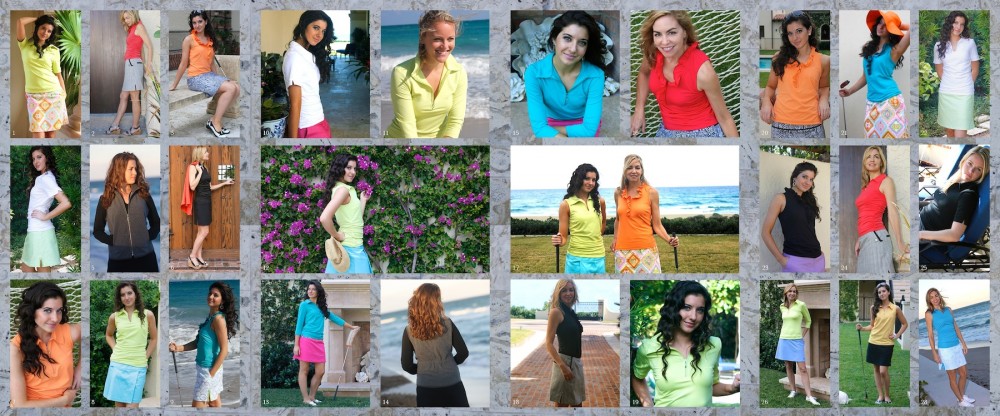In case you’ve been privy to the controversy surrounding the Ping wedge in Phil Mickelson’s bag, we thought we’d attempt to shed a bit of light on the situation. Over the years, golf wedge technology has improved greatly. The grooves, which generate spin on the ball, are now cut by machines rather than created from molds. Recently the USGA made a new rule which prohibits the use of U-shaped wedges, with exception to the Ping-Eye 2. 
The Ping-Eye 2 wedge, at the center of the controversy, was created in the 1980s at the time when U-shaped wedges were perfectly legal. The wedges generate more spin than a V-shaped wedge and are still technically legal. These wedges are still allowed on tour because Ping won a lawsuit against the USGA in 1990. Ping sued the USGA because the tour was implementing new changes in their groove rule and it was going to cost Ping a lot of money. Under the settlement, any Ping-Eye 2 wedge made before April 1, 1990 remains approved for play.
There are a few technicalities, however, to this ruling. If a player wants this type of Ping wedge they must either have already owned it or bought it online or from a garage sale. While this seems like quite an advantage having a club that generates more spin, the Ping-Eye 2 still has some drawbacks. The Ping-Eye 2 wedges are only allowed in competitions that the USGA has jurisdiction over, meaning players cannot use this wedge at the British Open or anywhere outside of the United States or Mexico because the USGA settlement would not apply.
So if you wondered what all this fuss was about these last few weeks, I hope this helped to explain it a bit!

Hi
I just wanted to let you know about an online resource for Golf. Here we can get the latest Golf deals, Destinations, Tee Times, Golf Schools, Equipments, Golf Real Estate, Blogs and lots more. Its a nice portal to get in touch with.
I’m sharing the website here :
http://www.linksworldgolf.com
Cheers!!
Thanks Jeanne for the website suggestion, just checked it out, definitely helpful!
Congratulatons to the New Golf Champ!!!!